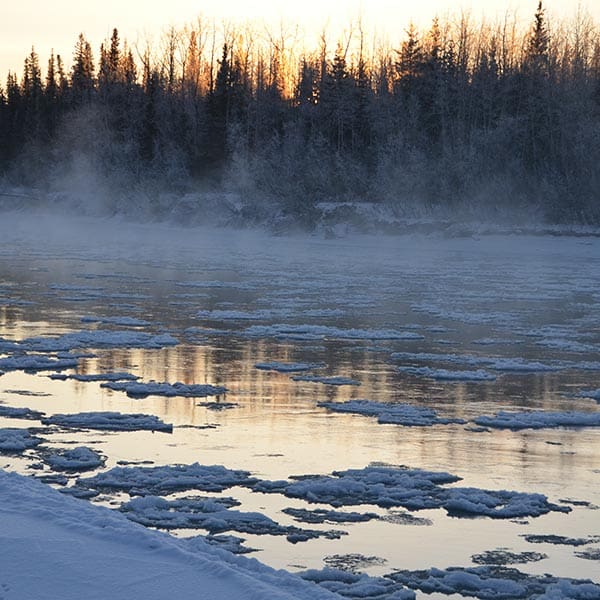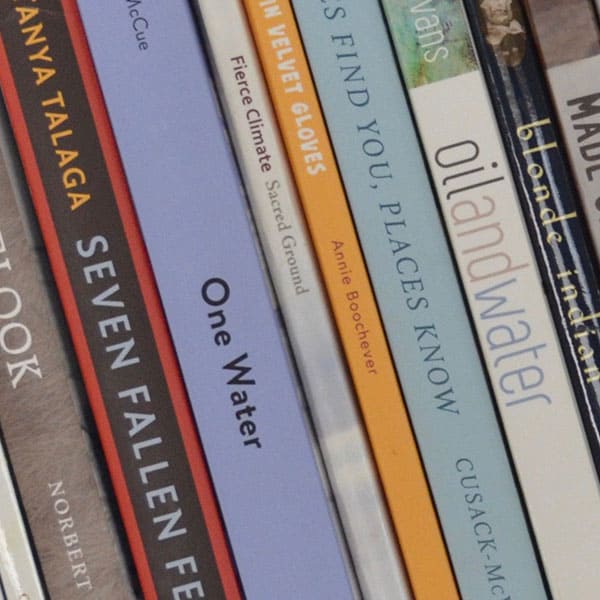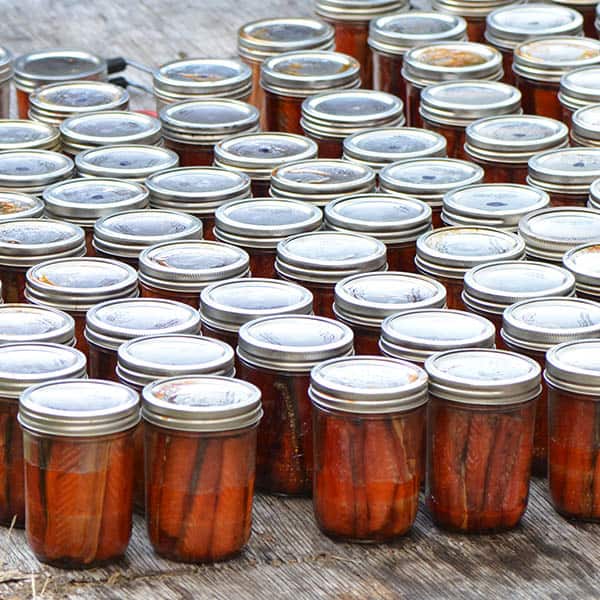Denali Sunrise Publications:
Publishing for Rural Alaska
Denali Sunrise Publications publishes media which promote the integrity and survival of subsistence-based and Indigenous cultures: Through quality book publication, rural Alaskan authors will successfully reach their preferred audience, from regional to international.
Although primarily an independent book publisher, Denali Sunrise Publications also provides contract editing, writing, publishing consultation, and high quality book design and development services for agencies and individuals planning to self-publish, with attention to the details of publishing conventions. Our blog consists mostly of book reviews along with the occasional topical essay of relevance to rural Alaska, and we have an online bookstore where you can purchase books we recommend as relevant to rural Alaska.
Through our website, blog (Cranberries in Springtime), and podcast (Salmonberries), Denali Sunrise Publications connects and informs those who live in and those who care about rural Alaska.
To see snippets of our most recent book review and other blog posts, hover your mouse to either side of the image below, then click the arrow. To access the full site, including information about why we exist, what we do, our bookstore, our full blog site, and resource links for rural Alaskans, click on one of the four options below the slider image.




